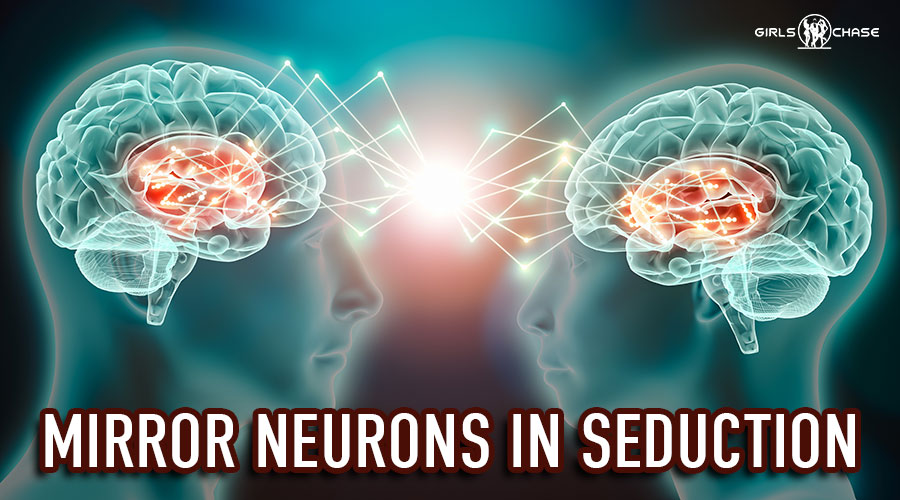

“It’s almost like the monkey is watching his own action reflected by the mirror.” “That’s why it’s called a mirror neuron,” says Iacoboni. Mirror neurons fire when monkeys break peanuts in their hands, when they see others break peanuts - even when, in total darkness, they merely hear peanuts being broken. In the 1970s and 1980s, psychologists like APS Fellow Anthony Greenwald and Wolfgang Prinz extended this ideomotor principle, demonstrating that seeing and doing branch off the same tree.īut it was the work done with monkeys in Rizzolatti’s lab that gave a name to the multitasking mental cells that make this possible.


James explained that performing a movement required first having a mental picture of that movement. This social link between perception and action can be traced back to William James, says Knoblich. The poet John Donne was on the right track: We are not islands, unto ourselves. It explains, for example, why spectators at a boxing match sometimes jab at the air and why seeing a violent blow to the head makes them recoil physically. If observing behavior occurs in the same area as actually behaving, then social interaction would seem to play a large role in cognition. The striking implication of mirror neurons is that the same brain region that controls action also supports perception, writes Günther Knoblich, Rutgers University, in the June 2006 Current Directions in Psychological Science. Mirror neurons tell us we’re literally in the minds of other people.” “Psychological studies started with the idea that a solitary mind looks at the world in a detached way. “It’s going to make a big change,” says neuroscientist Marco Iacoboni, University of California, Los Angeles, of the discovery’s impact on psychology. Mirror neurons, it seems, are of the utmost importance in human mind, and on the tip of the collective psychological tongue. One psychologist placed these neurons on the same plane as DNA in the realm of scientific discovery. A short while later I read an article in Time magazine that said mirror neurons might form the basis for empathy, social behavior, and even language.

Recently, I wrote an article for this magazine about the power of movies on behavior to my surprise, many researchers discussed, without prompting, the role mirror neurons play in explaining why viewers connect so strongly with on-screen emotions. Since that time, the term has become a powerful buzz phrase: technical enough to impress at dinner parties simple enough to explain to Grandma sweeter sounding than, say, the Bose-Einstein condensate. Mirror neurons - the tiny neurological structures that fire both when we perceive action and take it, exposing the true social nature of the brain - had been identified. In an equally wonderful truthful account, the neurons in this region did, in fact, fire when the monkeys merely watched researchers handle food. In a wonderfully fictitious account of the discovery, neuroscientist Giacomo Rizzolatti was licking ice cream in the lab when this same region again fired in the monkeys. After researchers implanted electrodes into the heads of monkeys, they noticed a burst of activity in the premotor cortex when the animals clutched a piece of food. In the mid-1990s, scientists at the University of Parma, in Italy, made a discovery so novel that it shifted the way psychologists discuss the brain.


 0 kommentar(er)
0 kommentar(er)
